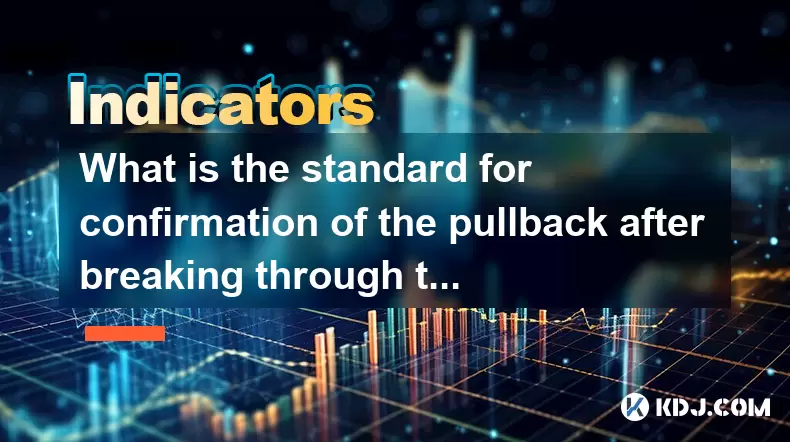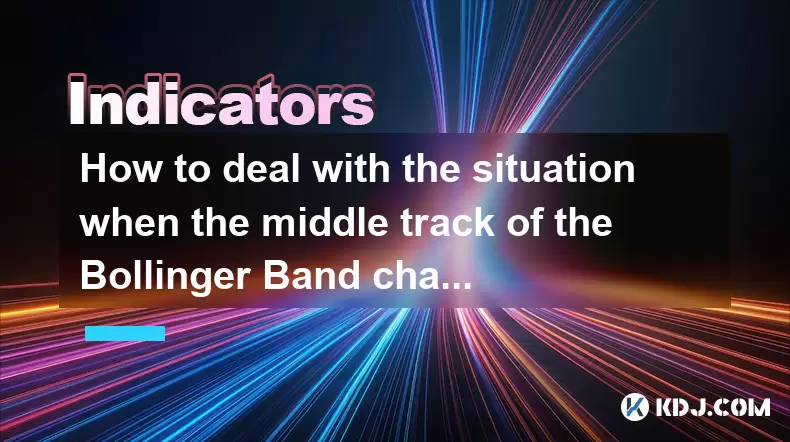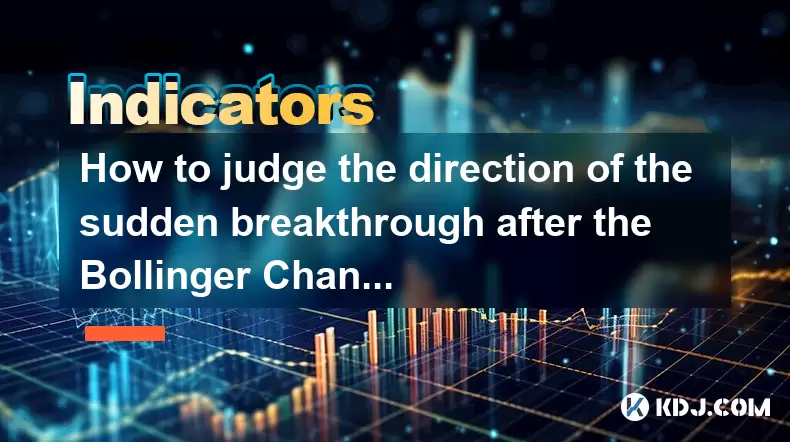-
 Bitcoin
Bitcoin $101,898.5005
-0.75% -
 Ethereum
Ethereum $2,258.1125
-1.07% -
 Tether USDt
Tether USDt $1.0004
0.01% -
 XRP
XRP $2.0178
-2.93% -
 BNB
BNB $624.0243
-1.53% -
 Solana
Solana $134.3298
-0.90% -
 USDC
USDC $0.9999
0.01% -
 TRON
TRON $0.2675
-2.05% -
 Dogecoin
Dogecoin $0.1538
-1.96% -
 Cardano
Cardano $0.5482
-1.11% -
 Hyperliquid
Hyperliquid $35.5636
5.45% -
 Bitcoin Cash
Bitcoin Cash $453.4902
-1.66% -
 Sui
Sui $2.5134
-2.97% -
 UNUS SED LEO
UNUS SED LEO $9.1292
1.77% -
 Chainlink
Chainlink $11.8457
-1.60% -
 Stellar
Stellar $0.2312
-2.73% -
 Avalanche
Avalanche $16.9721
0.29% -
 Toncoin
Toncoin $2.7549
-3.82% -
 Shiba Inu
Shiba Inu $0.0...01081
-1.10% -
 Litecoin
Litecoin $80.8250
-0.71% -
 Hedera
Hedera $0.1374
0.21% -
 Monero
Monero $305.4827
-2.36% -
 Ethena USDe
Ethena USDe $1.0006
0.00% -
 Dai
Dai $1.0000
-0.01% -
 Polkadot
Polkadot $3.2085
-3.12% -
 Bitget Token
Bitget Token $4.0845
-3.13% -
 Uniswap
Uniswap $6.3353
-1.63% -
 Pi
Pi $0.5085
-0.70% -
 Pepe
Pepe $0.0...08913
-3.82% -
 Aave
Aave $232.7090
-0.58%
Is it healthy to step back on the 20-day moving average with reduced volume in an upward trend?
A healthy crypto pullback to the 20DMA with reduced volume often signals consolidation, not reversal, offering traders strategic entry points.
Jun 23, 2025 at 06:56 pm

Understanding the 20-Day Moving Average in Cryptocurrency Trading
In cryptocurrency trading, the 20-day moving average (20DMA) is a widely used technical indicator that helps traders assess the short-term trend of an asset. It calculates the average price of an asset over the past 20 days and smooths out price fluctuations to provide clearer signals about momentum. When prices move below this average, especially during an uptrend, it often raises questions among traders about whether this is a healthy pullback or a potential reversal.
The 20DMA acts as a dynamic support level, particularly in trending markets. A retest of this level with reduced volume can sometimes signal profit-taking rather than a bearish shift.
What Does Reduced Volume Indicate During a Pullback?
Volume plays a crucial role in confirming price action. Reduced volume during a pullback suggests weaker selling pressure, which may imply that the decline is not driven by strong negative sentiment. In contrast, sharp drops accompanied by high volume often indicate panic selling or institutional exits.
- Low volume pullbacks are generally considered healthy corrections within a larger bullish trend.
- They allow for consolidation before another leg up in price occurs.
- Traders often use this phase to accumulate positions at slightly lower levels.
This behavior is commonly observed in mature bull runs where holders remain confident despite temporary dips.
How to Identify Healthy Pullbacks Using the 20DMA and Volume
To determine whether a pullback to the 20DMA is healthy, traders should analyze multiple aspects:
- Price does not fall significantly below the 20DMA, suggesting strong support remains intact.
- Volume remains below its recent average, indicating lack of aggressive selling.
- Price closes back above the 20DMA within a few sessions, reaffirming the upward trend.
- Other indicators like RSI do not show oversold conditions, avoiding false alarms.
These observations help distinguish between a normal market correction and a potential trend reversal.
Practical Steps to Monitor This Scenario
For traders actively monitoring such scenarios, here’s how they can set up their analysis:
- Add the 20DMA to your charting platform — most platforms like TradingView or Binance have this built-in.
- Overlay volume bars beneath the price chart to visually compare volume spikes or declines.
- Use candlestick patterns near the 20DMA to spot potential reversals like hammers or engulfing candles.
- Set alerts when price approaches the 20DMA to stay proactive without constant screen watching.
These steps enable traders to react swiftly when favorable setups occur.
Historical Examples from Crypto Markets
Several major cryptocurrencies have shown healthy pullbacks to the 20DMA during strong uptrends. For instance:
- In early 2021, Bitcoin saw multiple retracements to the 20DMA with declining volume, each followed by a renewed rally.
- Ethereum also demonstrated similar behavior during its run-up before the DeFi summer, maintaining key moving averages as support zones.
- Even altcoins like Solana and Cardano exhibited brief pullbacks to the 20DMA amid broader bullish phases.
These examples reinforce the idea that healthy pullbacks often precede stronger moves upwards when supported by positive volume dynamics.
Frequently Asked Questions
Q: Can I rely solely on the 20DMA and volume to make trading decisions?
A: While useful, these tools work best when combined with other technical indicators like RSI, MACD, or Fibonacci retracement levels. Diversifying your analytical tools increases reliability.
Q: How long should a pullback to the 20DMA last to be considered healthy?
A: Typically, a healthy pullback lasts between one to five days. Extended timeframes below the 20DMA may suggest weakening momentum.
Q: Is it safe to enter a trade during a pullback to the 20DMA?
A: Entry timing depends on confirmation. Traders often wait for a close above the 20DMA or look for bullish candlestick formations before entering.
Q: What if the 20DMA starts to flatten or slope downward during a pullback?
A: A flattening or downward-sloping 20DMA may indicate a loss of upward momentum. In such cases, caution is advised until the indicator regains a positive slope.
Disclaimer:info@kdj.com
The information provided is not trading advice. kdj.com does not assume any responsibility for any investments made based on the information provided in this article. Cryptocurrencies are highly volatile and it is highly recommended that you invest with caution after thorough research!
If you believe that the content used on this website infringes your copyright, please contact us immediately (info@kdj.com) and we will delete it promptly.
- Cryptocurrencies, Coingecko, and Trending Tokens: What's Hot Now?
- 2025-06-23 23:05:12
- FUNToken: Decoding Past Trends and Getting Started in the Gaming Crypto Sphere
- 2025-06-23 22:25:12
- BTC Price Analysis: Navigating Volatility and the Quest for a New ATH
- 2025-06-23 22:25:12
- Genesis, Bitcoin Mining, and Air-Cooled Miners: A New Era?
- 2025-06-23 22:45:12
- Coinbase's Growth and Resilience: Navigating the Crypto Landscape
- 2025-06-23 22:45:12
- Bitcoin Options Market: Bullish Bets Amidst Geopolitical Jitters
- 2025-06-23 22:51:52
Related knowledge

Is it contradictory that the moving average system is arranged in a bullish pattern but the DMI shows a decline in trend strength?
Jun 23,2025 at 11:43pm
Understanding the Moving Average and DMI RelationshipIn cryptocurrency trading, technical analysis plays a crucial role in identifying potential trends and making informed decisions. Two of the most commonly used indicators are the Moving Average (MA) and the Directional Movement Index (DMI). While both tools aim to provide insight into market direction...

What is the significance of the gap formed by the gap opening not being filled within five days?
Jun 23,2025 at 09:42pm
Understanding Gaps in Cryptocurrency TradingIn the world of cryptocurrency trading, a gap refers to a situation where the price of an asset jumps from one level to another without any trading activity occurring between those two levels. This often happens over weekends or holidays when the market is closed, and significant news or events occur that impa...

What is the standard for confirmation of the pullback after breaking through the neckline with large volume?
Jun 23,2025 at 11:28pm
Understanding the Neckline in Technical AnalysisIn technical analysis, the neckline is a critical support or resistance level that appears in chart patterns such as head and shoulders, double tops, and double bottoms. It typically connects two or more lows (in the case of a head and shoulders top) or highs (in the case of a head and shoulders bottom). W...

How to deal with the situation when the middle track of the Bollinger Band changes from support to resistance?
Jun 23,2025 at 11:22pm
Understanding the Bollinger Band Middle TrackThe Bollinger Band is a widely used technical indicator in cryptocurrency trading. It consists of three lines: the upper band, the lower band, and the middle track, which is typically a 20-period simple moving average (SMA). Traders often rely on the middle track as a dynamic support or resistance level. Howe...

Does the second golden cross of MACD above the zero axis represent the continuation of strength?
Jun 23,2025 at 08:21pm
Understanding the MACD IndicatorThe Moving Average Convergence Divergence (MACD) is a widely used technical analysis tool in cryptocurrency trading. It consists of three main components: the MACD line, the signal line, and the histogram. The MACD line is calculated by subtracting the 26-period Exponential Moving Average (EMA) from the 12-period EMA. The...

How to judge the direction of the sudden breakthrough after the Bollinger Channel narrows to the extreme?
Jun 23,2025 at 11:00pm
Understanding the Bollinger Channel and Its Narrowing PatternThe Bollinger Channel is a widely used technical indicator in cryptocurrency trading, consisting of three bands: the middle band (a simple moving average), and two outer bands that represent standard deviations from the middle line. When the price consolidates for an extended period, the chann...

Is it contradictory that the moving average system is arranged in a bullish pattern but the DMI shows a decline in trend strength?
Jun 23,2025 at 11:43pm
Understanding the Moving Average and DMI RelationshipIn cryptocurrency trading, technical analysis plays a crucial role in identifying potential trends and making informed decisions. Two of the most commonly used indicators are the Moving Average (MA) and the Directional Movement Index (DMI). While both tools aim to provide insight into market direction...

What is the significance of the gap formed by the gap opening not being filled within five days?
Jun 23,2025 at 09:42pm
Understanding Gaps in Cryptocurrency TradingIn the world of cryptocurrency trading, a gap refers to a situation where the price of an asset jumps from one level to another without any trading activity occurring between those two levels. This often happens over weekends or holidays when the market is closed, and significant news or events occur that impa...

What is the standard for confirmation of the pullback after breaking through the neckline with large volume?
Jun 23,2025 at 11:28pm
Understanding the Neckline in Technical AnalysisIn technical analysis, the neckline is a critical support or resistance level that appears in chart patterns such as head and shoulders, double tops, and double bottoms. It typically connects two or more lows (in the case of a head and shoulders top) or highs (in the case of a head and shoulders bottom). W...

How to deal with the situation when the middle track of the Bollinger Band changes from support to resistance?
Jun 23,2025 at 11:22pm
Understanding the Bollinger Band Middle TrackThe Bollinger Band is a widely used technical indicator in cryptocurrency trading. It consists of three lines: the upper band, the lower band, and the middle track, which is typically a 20-period simple moving average (SMA). Traders often rely on the middle track as a dynamic support or resistance level. Howe...

Does the second golden cross of MACD above the zero axis represent the continuation of strength?
Jun 23,2025 at 08:21pm
Understanding the MACD IndicatorThe Moving Average Convergence Divergence (MACD) is a widely used technical analysis tool in cryptocurrency trading. It consists of three main components: the MACD line, the signal line, and the histogram. The MACD line is calculated by subtracting the 26-period Exponential Moving Average (EMA) from the 12-period EMA. The...

How to judge the direction of the sudden breakthrough after the Bollinger Channel narrows to the extreme?
Jun 23,2025 at 11:00pm
Understanding the Bollinger Channel and Its Narrowing PatternThe Bollinger Channel is a widely used technical indicator in cryptocurrency trading, consisting of three bands: the middle band (a simple moving average), and two outer bands that represent standard deviations from the middle line. When the price consolidates for an extended period, the chann...
See all articles
























































































